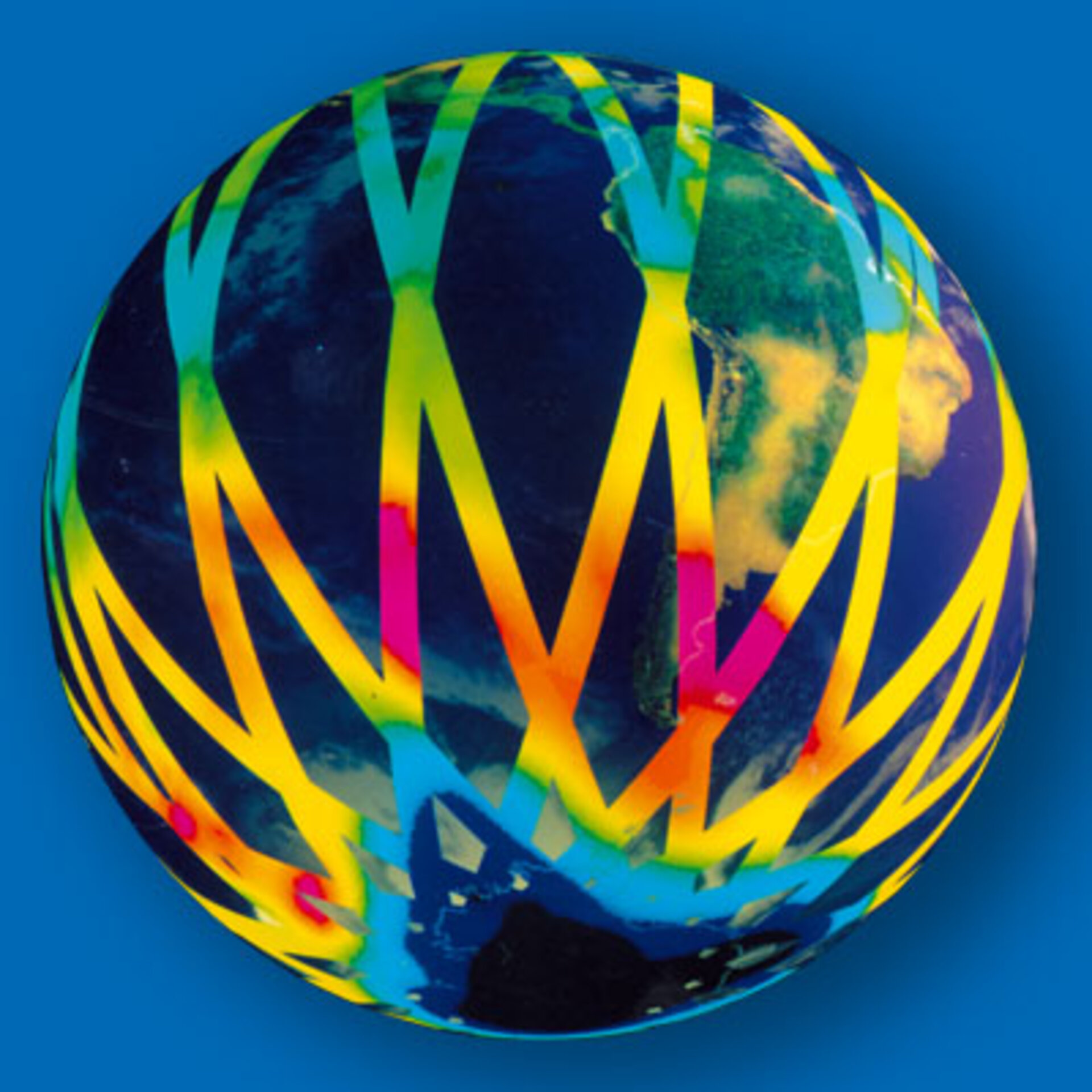SpaceGrid study ends on an optimistic note
Almost two years have gone by since ESA set up the SpaceGrid study to see how the emerging use of the electronic grid could increase and improve the use of space applications. The study is now complete and last week representatives of industry and academia met to discuss the outcome.
So what is the Grid?
To paraphrase Ian Foster, an early mentor of grid computing for research, “Grid computing is the large-scale integration of computer systems, via high-speed networks, to provide on-demand access to data-crunching capabilities not available to one individual or group of machines”.
For instance, young value-added companies or private individuals with limited computer capacity can select heavy files, such as Earth observation images and data, and then give instructions for these to be processed in order to receive crop yield estimates. Once the processing is complete, the relatively ‘light’ files with the results can be sent to their computer for further use. The benefits - in terms of time, money and resources - are clear.
Other benefits include the possibility of setting up ‘virtual organisations’ for research and study; that is, a group of scientists and technicians can work in different organisations in different countries but share information and data.
Where’s the Grid going?

Participants at the workshop do not need to be convinced about the benefits of the Grid. As representatives of academia, space institutes, the information and space industries, and the European Commission, they all have an active interest in grid projects.
The general consensus among participants is that the Grid – seen as the next step up from the internet and the world wide web - will bring many benefits to both research and industry. To quote Giacomo Cavallo, head of the ESA Grid Interest Group “Basically the Grid is the only evolutionary path we have in front of us beyond Internet, and we had better follow it". However, as Cavallo pointed out at the workshop “we are still at the beginning of Grid technology”.
The SpaceGrid study show that a number of concerns need to be addressed before the Grid comes ‘of age’, concerns echoed by many of the participants in their presentations. These can be summed up as the need for:
- standardisation of grid language and codes
- high performing middleware – the Grid term for software
- further research into grid systems
- improved Grid interoperability and interoperability with other accessible web services
- improved network connection speed across data centres, computing facilities and users
- a safe grid environment, encompassing grid-compatible firewalls and security
- a legal framework enabling the exploitation of Grid resources
- guaranteed quality of services
- education and outreach
According to Max Lemke of the European Commission, other challenges facing the whole of the Grid community are “the need to move from research applications to applications for industry and business, to work with industry and technology providers, to think ahead to see what technology will be needed to get added value for industry and to have prototypes to check the feasibility of developments”.

As Wyn Cudlip of QinetiQ, a leading UK science consultancy company, who represented the Committee on Earth Observation Satellites pointed out at the workshop: “scientific institutes are research oriented and happy to use systems in the development stage, industry however is more reluctant to make a big investment unless they can clearly see the advantages and a guaranteed return”.
Space related applications, as presented by the various contributors at the workshop, represent interesting challenges for the utilisation and further development of Grid-related technologies. These applications should be considered as very good cases for further funding at European level.
What next for ESA

Now the study has been completed, ESA’s next step is to pass from the study phase to implementation of real applications in domains for which the SpaceGrid study has demonstrated that the Grid could be better exploited, namely Earth observation, solar science, teletesting, and telemonitoring for spacecraft engineering and concurrent design.
In Europe, Earth observation and solar science communities are good examples of multi-institutional or even multi-enterprise endeavours. In addition, their computing, archiving and also human resources, in the case of Earth observation ground segments, are geographically distributed. The demand for a better approach to distributed resource exploitation and application management is therefore high.
The objective of the proposed follow-on work is to demonstrate that Open Grid Service Infrastructure (OGSI) technology can provide the basis for a distributed middleware for Earth observation and solar science by distributing access to metadata, catalogues, inventories and archival data, and providing on demand data processing via distributed services.






